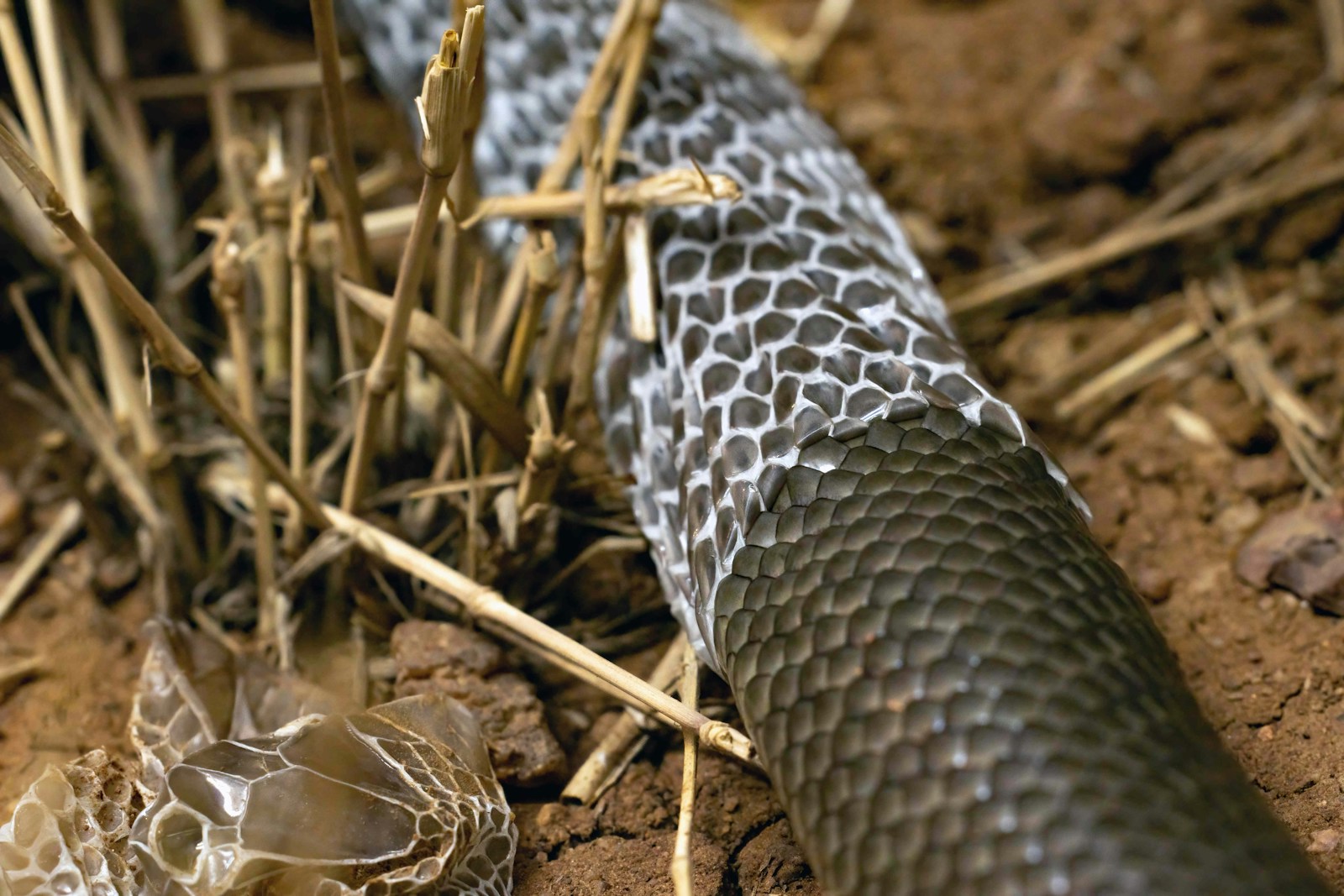Shedding, or ecdysis, is a natural and fascinating process that all reptiles undergo throughout their lives. For snake owners, understanding the shedding process is essential for monitoring their pet’s health and ensuring proper husbandry. A successful shed indicates good health and appropriate habitat conditions, while shedding problems can signal underlying issues that require attention. This comprehensive guide will help you recognize the signs of an impending shed, understand what normal shedding looks like, identify potential problems, and take appropriate action when needed. Whether you’re a first-time snake owner or an experienced herpetoculturist, knowing how to tell if your pet snake is shedding properly will help you provide the best possible care for your scaly companion.
Understanding the Shedding Cycle

Snakes shed their skin periodically throughout their lives, with younger snakes shedding more frequently than adults due to their rapid growth rate. A typical adult snake might shed every 4-8 weeks, though this varies widely depending on species, age, growth rate, and overall health. The shedding process is controlled by hormones and typically follows a predictable pattern from start to finish. Understanding this cycle helps owners anticipate when their snake will shed and monitor the process effectively. Each complete shed cycle involves multiple stages, beginning with behavioral changes and culminating in the snake slipping out of its old skin, ideally in one complete piece.
Pre-Shedding Signs to Watch For
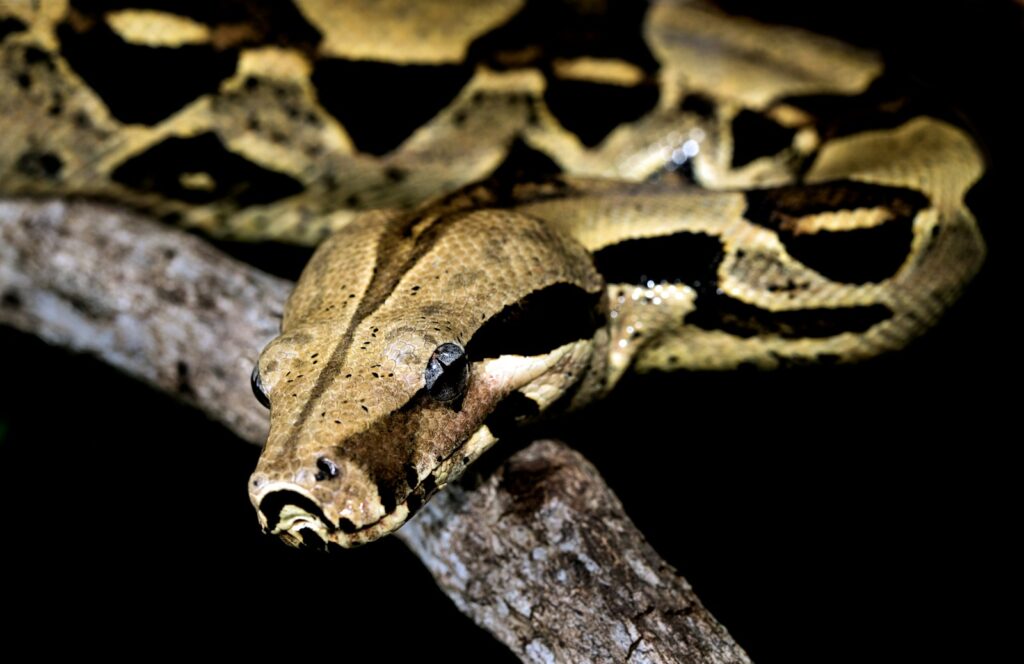
Before the actual shedding begins, snakes display several recognizable behavioral and physical changes that signal an impending shed. Many snakes become less active and may refuse meals as their body prepares for the energy-intensive process of creating a new skin layer. You might notice your snake spending more time in its hide box or seeking out humid areas of its enclosure. The snake’s eyes will become cloudy or bluish (often called “blue phase” or “in blue”), caused by fluid separating the old eye cap from the new one underneath. Additionally, your snake’s skin may appear duller or darker than usual, and its belly might take on a pinkish hue as new skin forms beneath the old layer.
The Clear Phase – What It Means
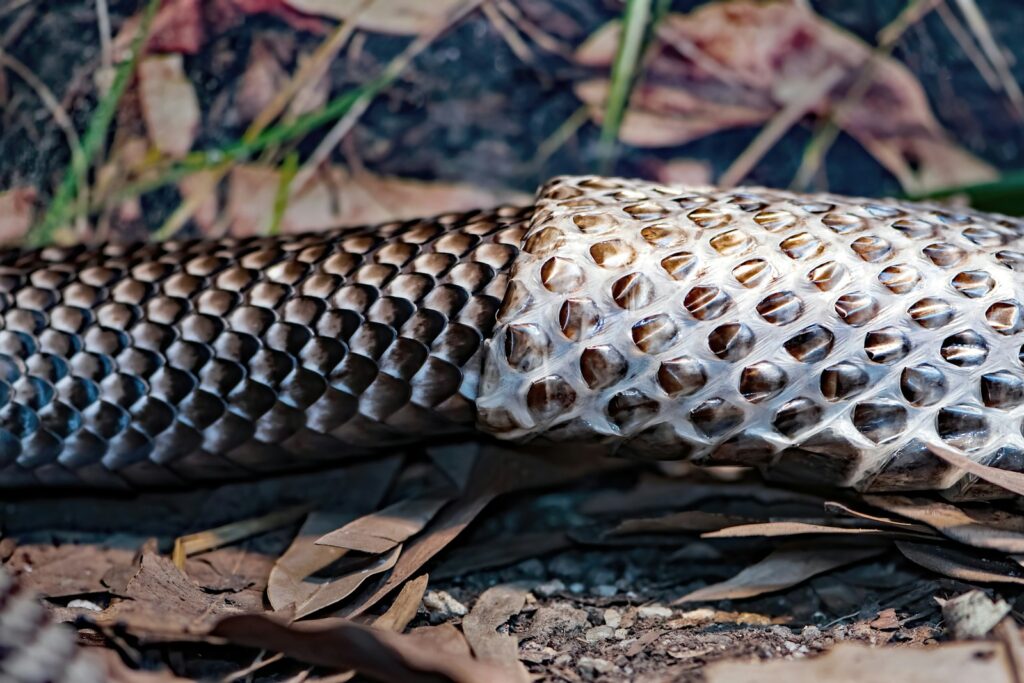
After the blue phase, which typically lasts 3-5 days, your snake will enter what’s called the “clear phase.” During this time, the eyes become clear again as the fluid between the old and new eye caps is reabsorbed. This phase indicates that the actual shed is imminent, usually occurring within 1-3 days after the eyes clear. The clear phase is an important indicator that the shedding process is progressing normally. Many snake owners mistakenly believe their pet has completed shedding when the eyes clear, but this is actually just a middle stage in the process. During the clear phase, snakes often become more active as they prepare to physically remove the old skin.
Characteristics of a Healthy Shed
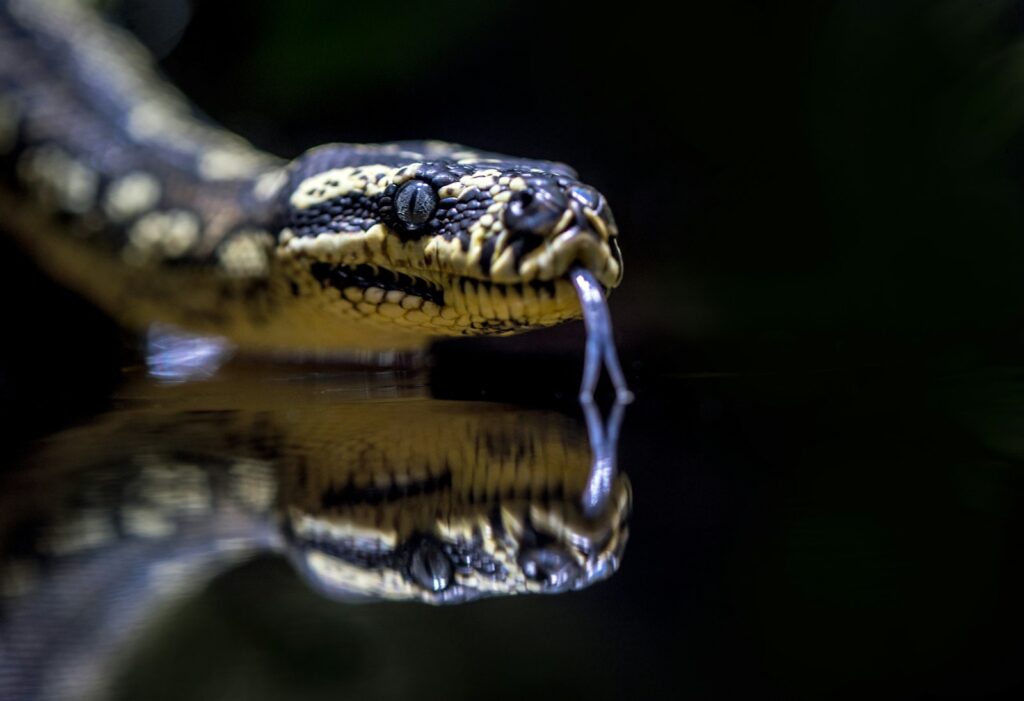
A successful shed is the best indicator that your snake is healthy and that its habitat conditions are appropriate. In an ideal situation, your snake will shed its skin in one complete piece, including the eye caps and the tip of the tail. This complete shed resembles a transparent “ghost” of your snake, turned inside-out as the animal pushed forward out of it. The shed skin should be intact, not fragmented or torn into multiple pieces, though some tearing occasionally occurs even in healthy sheds. The shed skin should appear dry but not brittle, and should show clear patterns and details matching your snake’s appearance. After shedding, your snake’s new skin should look bright, vibrant, and show clear, defined patterns.
Recognizing Incomplete Sheds
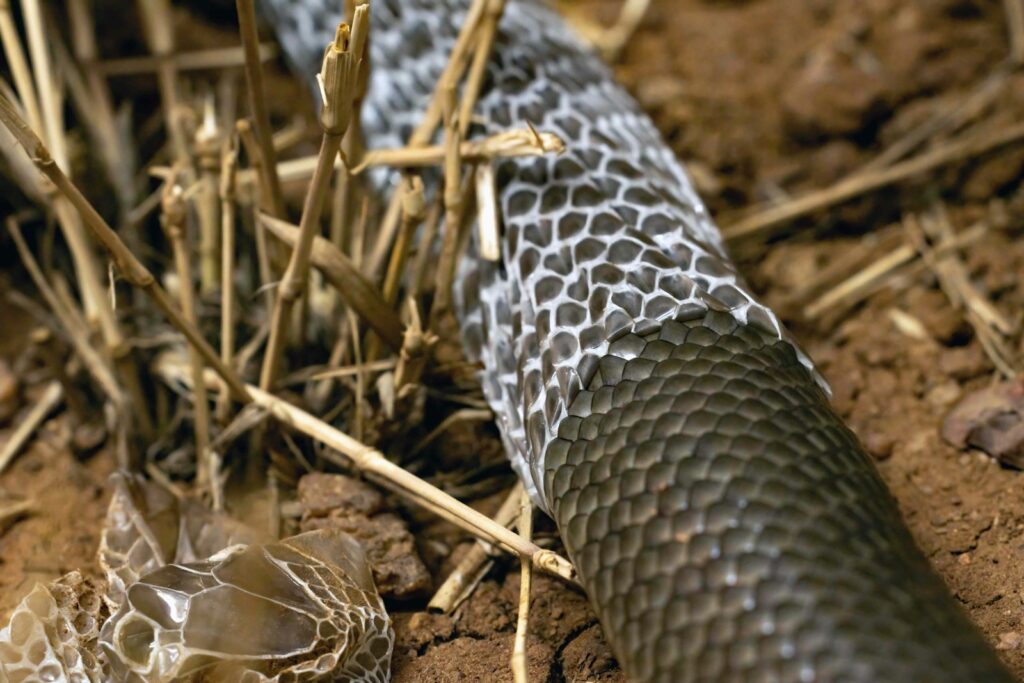
Incomplete or problematic sheds are important warning signs that shouldn’t be ignored. An incomplete shed occurs when patches of old skin remain attached to your snake’s body after the shedding process. These retained patches may appear as dull areas against the otherwise bright new skin, or as visibly loose pieces clinging to the snake. The most common areas for retained shed are the eye caps (spectacles), the tip of the tail, and the belly scales. Multiple pieces of shed skin, rather than one complete piece, can sometimes indicate suboptimal humidity levels during shedding. While minor incomplete sheds happen occasionally even with good husbandry, persistent shedding problems suggest that habitat adjustments or veterinary attention may be necessary.
Dangers of Retained Eye Caps
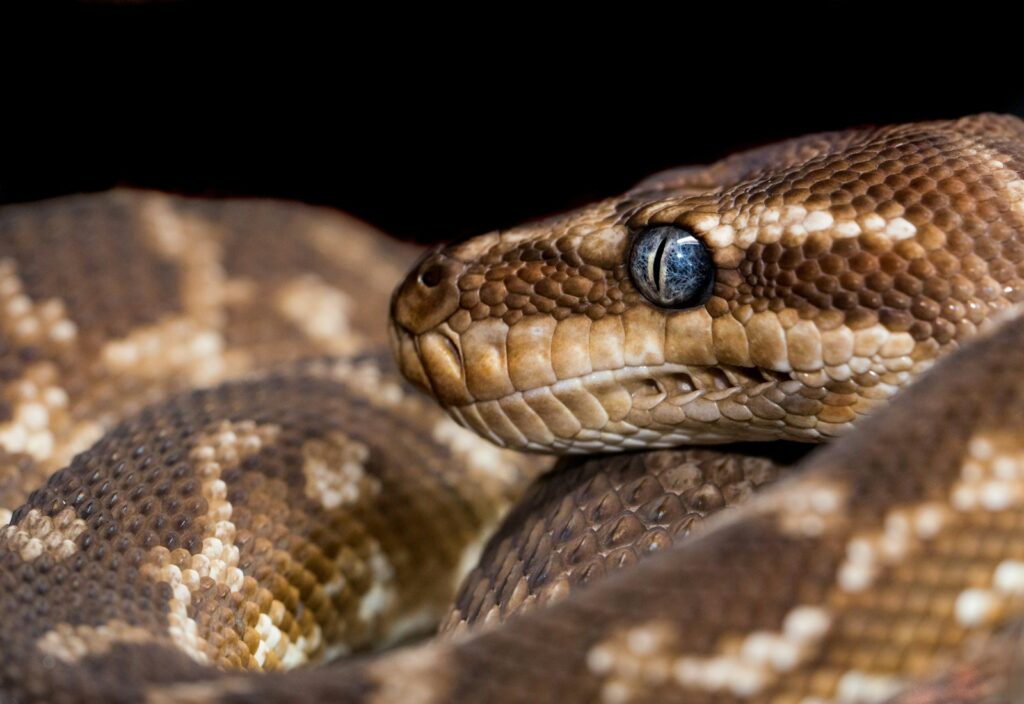
Retained eye caps (spectacles) are one of the most serious shedding issues and require special attention. Unlike mammals, snakes don’t have eyelids but instead have transparent scales called spectacles that protect their eyes. These spectacles should come off with the rest of the skin during a normal shed. When they remain attached, they create a layer over the eye that can build up with successive sheds if not addressed. Retained eye caps can lead to infections, impaired vision, and even permanent eye damage if multiple layers accumulate. Identifying retained eye caps can be challenging for beginners, as they’re transparent and may not be immediately obvious. A retained eye cap might appear as an extra layer of glassy tissue over the eye, or the eye may look slightly cloudy even after the rest of the shed is complete.
Humidity Requirements During Shedding
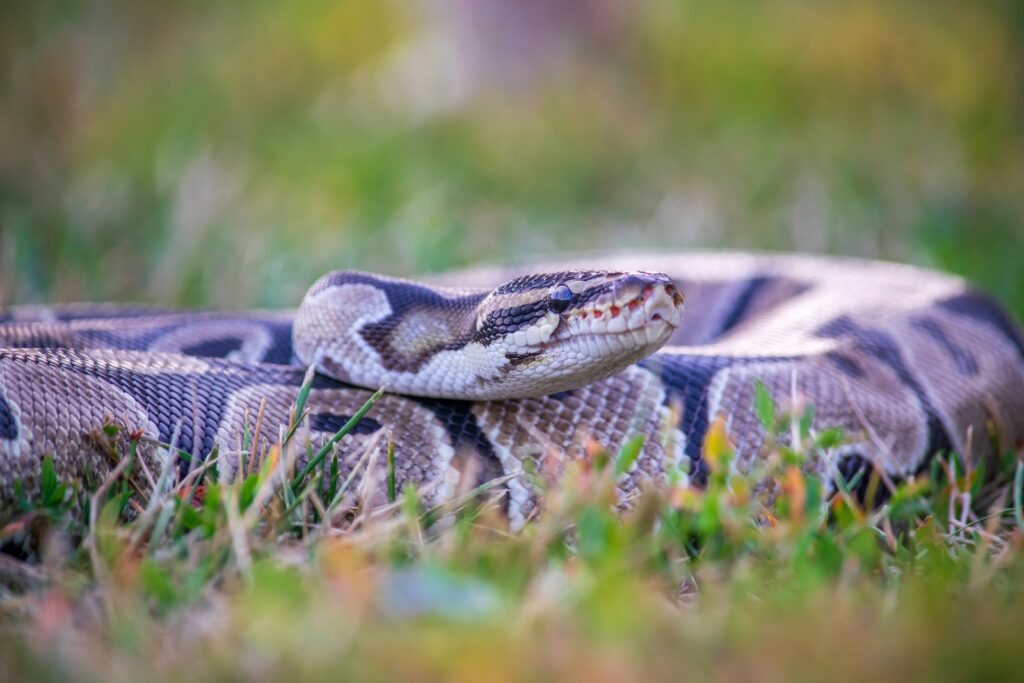
Proper humidity levels are perhaps the most critical factor in facilitating a complete shed. Most snake species require elevated humidity during shedding, even desert species that normally live in drier conditions. During the shedding process, higher humidity helps separate the old skin from the new skin underneath and keeps the old skin pliable so it can be removed more easily. Many experienced keepers provide a “humidity box” or “shedding box” when they notice pre-shedding signs. This can be as simple as a plastic container with a hole cut in the lid, filled with damp sphagnum moss or paper towels. Species-specific humidity requirements vary significantly, so research your particular snake’s needs—tropical species like ball pythons typically need 60-80% humidity during shedding, while corn snakes might do well with 50-60%.
The Role of Proper Enclosure Setup
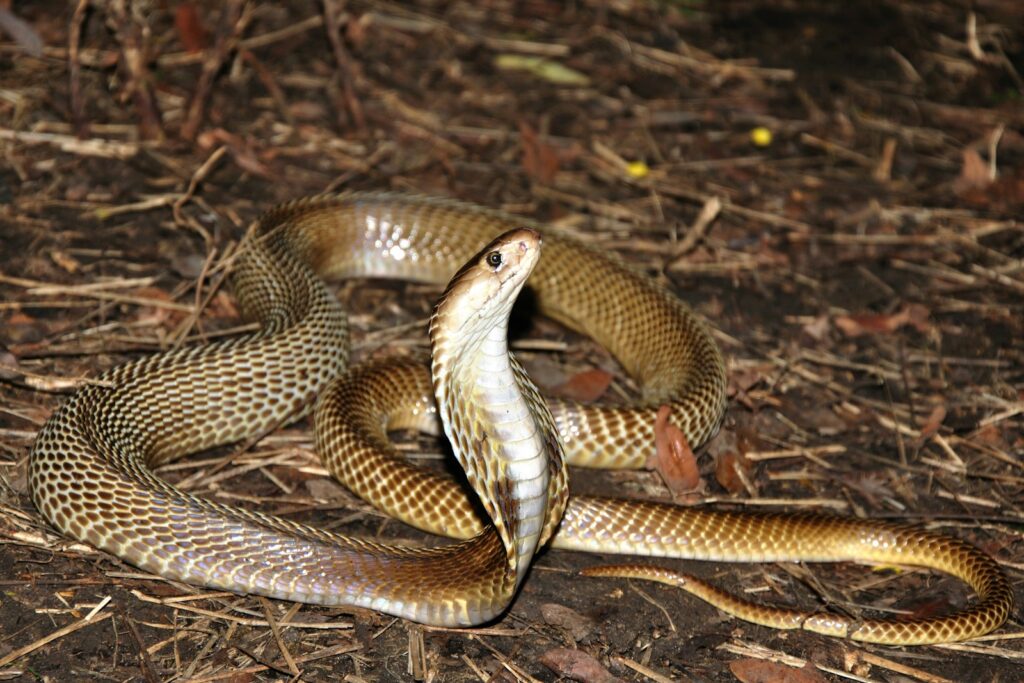
Your snake’s enclosure setup plays a crucial role in facilitating healthy sheds. Rough surfaces like branches, rocks, or commercially available shed-assist products give your snake something to rub against when removing its old skin. These textured items are especially important for helping remove stubborn areas like eye caps. A proper water dish large enough for the snake to soak in is essential, as many snakes will instinctively immerse themselves in water to aid the shedding process. Appropriate substrate choices that hold humidity, such as cypress mulch, coconut husk, or orchid bark, can help maintain the moisture levels needed during shedding. Many successful keepers provide multiple hiding spots with different humidity levels, allowing the snake to self-regulate by choosing the microenvironment it needs.
When and How to Assist with Shedding

While it’s best to let snakes shed naturally whenever possible, there are situations where gentle assistance is appropriate. If your snake has attempted to shed but retained skin patches remain after 24-48 hours, intervention may be necessary. The safest method is to provide a lukewarm soak in shallow water (not above the snake’s midline) for 15-30 minutes, which softens the retained skin. After soaking, you can gently rub the stuck shed with a soft, damp towel, always working in the direction from head to tail. For persistent stuck shed, some keepers use the “humid pillowcase method”—placing the snake in a damp (not wet) pillowcase and allowing it to slither through, which helps remove loose skin. Never pull or forcibly remove stuck shed, especially around delicate areas like eyes or the hemipenes (vent area), as this can cause injury.
Addressing Retained Eye Caps Safely
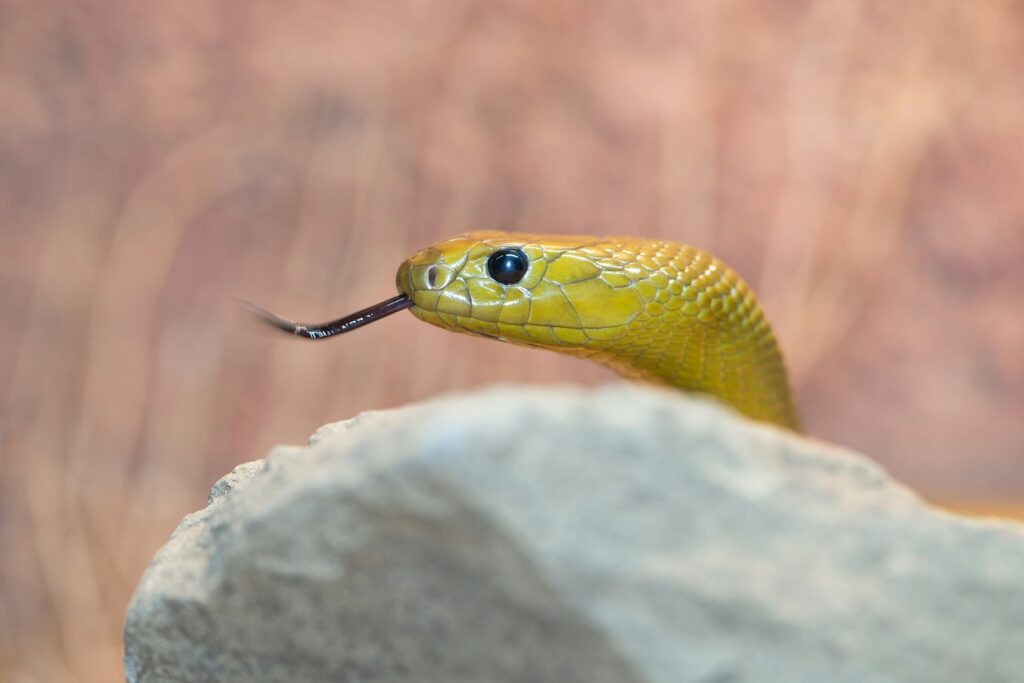
Retained eye caps require special care due to the delicate nature of the eye area. For beginners, the safest approach is consulting a reptile veterinarian, as improper removal attempts can damage the eye. If you’re experienced and comfortable, a method known as the “eye loop technique” involves creating a tiny loop from a moistened cotton swab by unraveling its tip, then gently sliding this loop under the edge of the retained cap. Some keepers apply a drop of mineral oil to the eye after a warm soak to help loosen the retained cap. In extreme cases where multiple layers of eye caps have accumulated, veterinary intervention is always recommended. Chronically retained eye caps may indicate underlying health issues or improper humidity levels that need addressing beyond just removing the current retained caps.
Nutrition’s Impact on Shedding
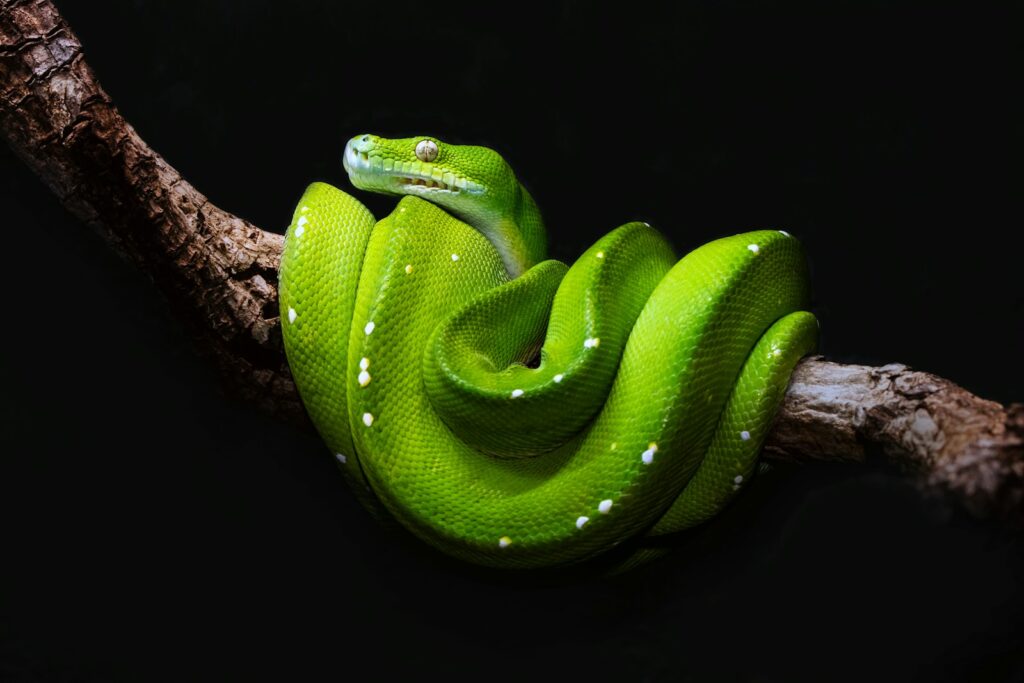
Proper nutrition significantly influences the shedding process, as creating new skin requires substantial resources from the snake’s body. A snake with nutritional deficiencies may exhibit poor or irregular shedding patterns. Adequate hydration is particularly important, as dehydrated snakes commonly experience difficult sheds. Protein is essential for new skin formation, making appropriate prey items crucial during periods of growth and regular shedding. Some keepers observe that offering a meal shortly before the blue phase begins can help provide extra energy for the shedding process. Vitamin and mineral balance, particularly calcium levels, affects skin health and consequently the shedding process, with deficiencies potentially leading to persistent shedding problems even when humidity and other husbandry factors are correct.
Shedding as a Health Indicator
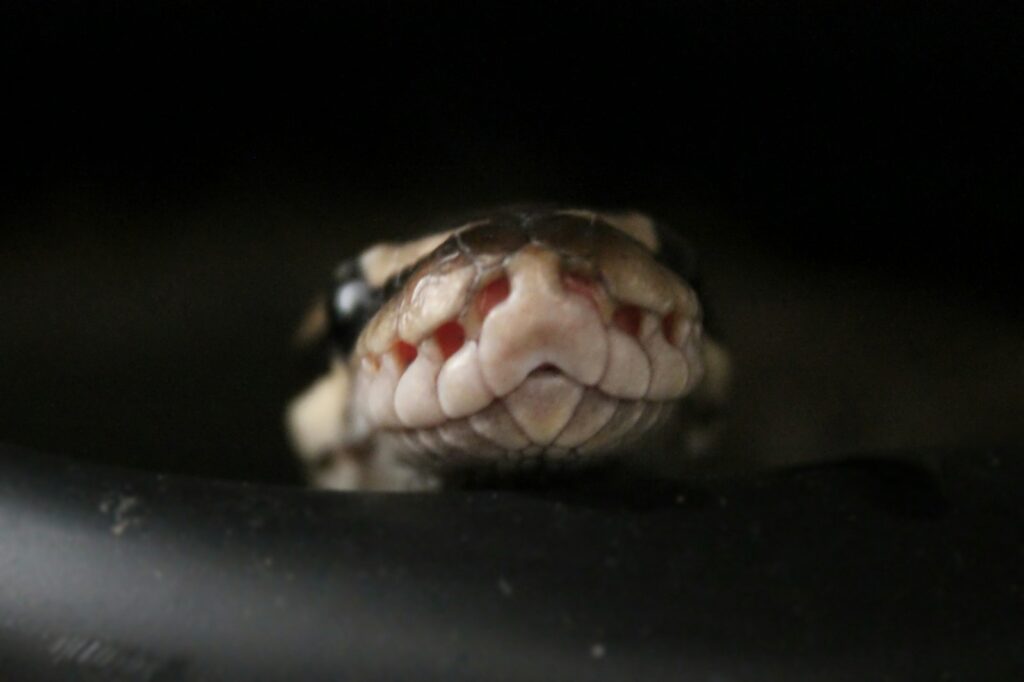
Monitoring your snake’s shedding patterns provides valuable insights into its overall health status. Healthy snakes shed regularly according to predictable patterns based on their age and growth rate. Sudden changes in shedding frequency—whether too frequent or too infrequent—can signal health problems. Multiple incomplete sheds in succession often indicate either environmental issues or underlying health concerns that require veterinary attention. Particularly concerning are snakes that enter the blue phase but never complete a shed, as this may indicate severe health problems. Some parasitic infections, respiratory conditions, and systemic illnesses manifest first as abnormal shedding before other symptoms become apparent, making the shedding process an important early warning system for attentive owners.
Keeping a Shedding Record
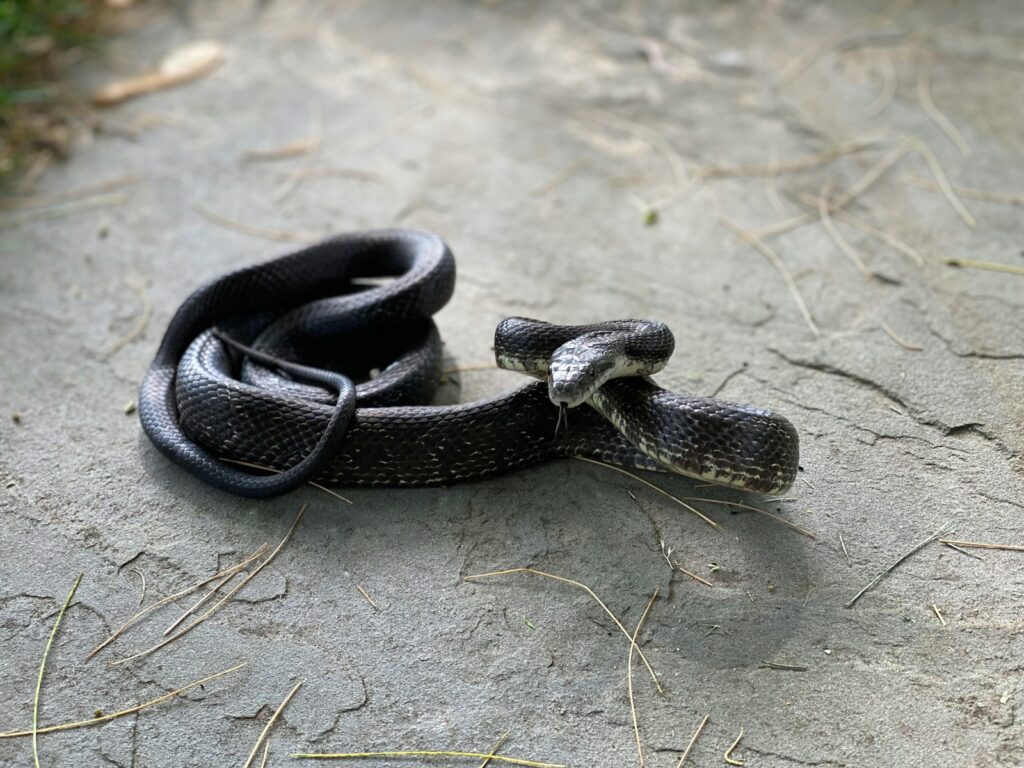
Maintaining a detailed shedding record helps track your snake’s health patterns over time and provides valuable information should veterinary care become necessary. Your shedding log should include dates of pre-shed signs (when eyes first turned blue), when the actual shed occurred, and notes about the quality of the shed (complete, incomplete, retained patches). Measuring and recording the length of complete sheds provides documentation of your snake’s growth rate, particularly useful for growing juveniles. Photographs of problematic sheds can help identify patterns or share with veterinarians if issues persist. Many experienced keepers preserve and date at least some of their snake’s sheds, creating a physical record of the animal’s growth and health history that can be invaluable for long-term care and potentially for breeding projects.
When to Seek Veterinary Help

While occasional minor shedding problems can be addressed through husbandry adjustments, certain situations warrant professional veterinary attention. Persistent shedding issues that don’t resolve after correcting humidity and habitat conditions may indicate underlying health problems requiring diagnosis and treatment. Multiple retained eye caps or eye caps that resist gentle removal methods should be evaluated by a reptile veterinarian to prevent eye damage. Wounds that occur during difficult sheds, particularly around the tail tip or cloaca, can become infected and may require antibiotics. Dramatic changes in shedding pattern, such as a snake that previously shed normally now having consistent problems, often signal developing health issues. Remember that reptile veterinary care is specialized, so seek out a veterinarian with specific reptile experience rather than a general practitioner who may have limited snake expertise.
Monitoring your snake’s shedding process is one of the most important aspects of responsible snake keeping. A properly shed snake is typically a healthy snake, while shedding problems often provide early warning of husbandry issues or health concerns. By understanding what normal shedding looks like for your particular species and individual, you’ll be better equipped to recognize and address problems early. Remember that prevention through proper humidity, nutrition, and habitat setup is always preferable to intervention after shedding problems occur. With attention to detail and appropriate care, you can help ensure your scaly companion experiences smooth, complete sheds throughout its life—a visible testament to your skills as a conscientious reptile keeper.

